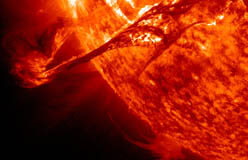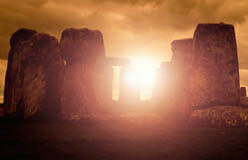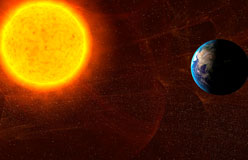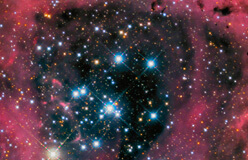For centuries, most people thought the Sun went around Earth. Every sunrise and sunset seemed to prove this.
In 1543, the Polish astronomer Nicolaus Copernicus said the Earth actually went around the Sun! As Earth turns, it spins on its axis. That’s why it looks like the Sun rises in the east and sets in the west.
This idea shocked people. It took a while to catch on. Once it did, it explained why seasons and eclipses occurred.








